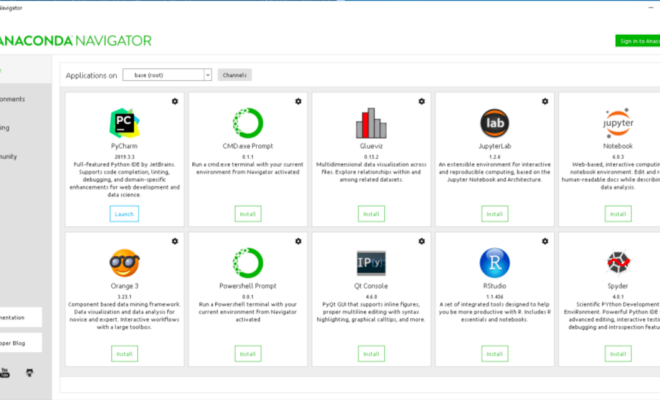What is a Cloud Operating System (Cloud OS)?

In the age of cloud computing, it’s increasingly common to hear about “cloud operating systems,” but what exactly is a cloud OS?
A cloud operating system, or cloud OS, is a type of operating system specifically designed for running software applications and storing data in the cloud rather than on local devices. It can be thought of as a virtualized operating system that runs in the cloud and is accessible remotely from any device with an internet connection.
A cloud OS typically provides all the features and functionality of a traditional operating system, such as file management, system configuration, and security. However, instead of being installed on a local device, it is accessed via a web browser or a dedicated application.
The benefits of a cloud OS are numerous. First and foremost, it eliminates the need for expensive hardware upgrades, as most processing and storage occurs in the cloud. This means that users can access powerful software applications and store vast amounts of data without the need for high-end devices.
Additionally, a cloud OS allows for seamless collaboration and remote work capabilities. Team members can easily access shared files and data from any location, which can boost productivity and foster a more collaborative work environment.
Another significant advantage of a cloud OS is enhanced security. Because data is stored in the cloud, it can be backed up and secured using the latest, most advanced security measures. In contrast, local devices are often more vulnerable to cyber-attacks, which can lead to data breaches and other security issues.
Despite its numerous benefits, there are also some drawbacks to using a cloud OS. For example, reliability and connectivity can be a concern, as users need a stable internet connection to access the cloud. Additionally, some users may prefer the familiarity and flexibility of a traditional operating system over a cloud OS.
In conclusion, a cloud operating system is a virtualized operating system that runs in the cloud and provides a range of benefits, including cost savings, enhanced collaboration and security, and accessibility from any device. While it may not be suitable for everyone, a cloud OS is a powerful tool that can help drive innovation and efficiency in today’s rapidly changing business landscape.






